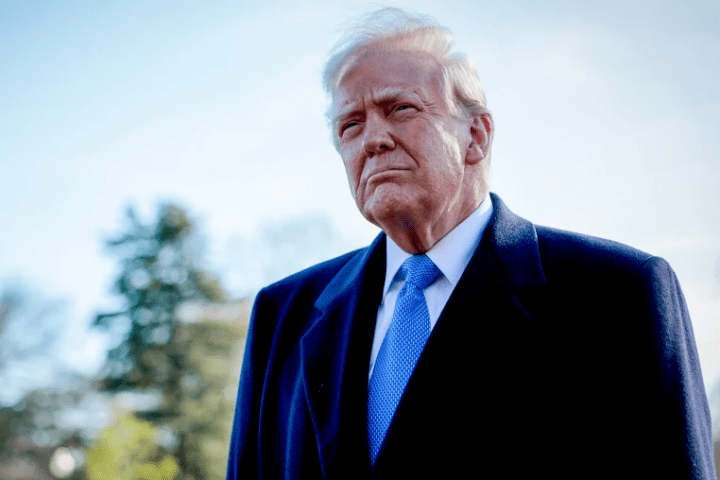In a bold and controversial move, U.S. President-elect Donald Trump has pledged to initiate what he describes as “the largest deportation effort in American history,” targeting millions of undocumented immigrants. While the plan has galvanized his supporters, experts warn that its economic implications could be far more significant than anticipated.
Trump, who built much of his campaign around a hard-line stance on immigration, has proposed deporting between 15 million and 20 million undocumented individuals. Vice President-elect J.D. Vance has outlined a phased approach, beginning with the removal of 1 million individuals, focusing initially on those with violent criminal records. However, achieving this ambitious agenda faces substantial logistical, legal, and financial barriers.
Economic Consequences Loom Large
Economists are raising alarms about the potential fallout of a mass deportation initiative. Adam Posen, president of the Peterson Institute for International Economics, cautioned against underestimating the economic disruption such a policy could cause. “Leaving aside the human and legal issues, we think that would be very destructive economically,” Posen said.
Undocumented immigrants make up a significant portion of the U.S. workforce—about 5 percent, according to the Department of Homeland Security. Industries like agriculture, construction, and hospitality rely heavily on this labor force. Removing millions of workers from these sectors would likely lead to labor shortages, reduced productivity, and higher costs for businesses and consumers.
Michael Clemens, an economist specializing in migration at George Mason University, painted a grim picture of the potential consequences: “Mass deportation will reduce employment opportunities for U.S. workers, curtail economic growth, drive up inflation, and increase budget deficits—placing a heavier tax burden on Americans.”
Human and Social Impact
Beyond the economic implications, the human cost of Trump’s plan is staggering. Approximately 66 percent of undocumented immigrants have lived in the U.S. for over a decade, often as integral members of their communities. Additionally, an estimated 4.4 million U.S.-born children have at least one parent who is undocumented. Displacing such families could lead to widespread social disruption and strain on public services.
The Logistics of Deportation
Trump’s strategy involves a sweeping mobilization of resources. He has expressed intentions to declare a national emergency and utilize military forces to assist in deportations. His next deputy chief of staff for policy, Stephen Miller, has outlined plans for extensive workplace raids and the construction of massive detention centers, primarily in Texas.
Tom Homan, Trump’s appointee as “border czar,” has signaled a no-holds-barred approach. “We’re going to take the handcuffs off ICE,” Homan said in a recent interview, emphasizing plans for aggressive enforcement.
The Price Tag
The financial burden of such an endeavor is immense. A report from the American Immigration Council estimates that deporting 1 million immigrants annually would cost $88 billion per year. The removal of the estimated 13.3 million individuals in the U.S. illegally or under revocable status would require nearly $1 trillion over a decade.
These costs encompass the expenses of arresting, detaining, legally processing, and deporting individuals. They do not account for the broader economic repercussions, such as reduced consumer spending and decreased workforce participation.
A Nation at a Crossroads
As Trump prepares to take office, the feasibility and consequences of his deportation agenda remain uncertain. While his supporters hail the initiative as a necessary step to enforce immigration laws, critics argue that it risks economic destabilization, social upheaval, and significant financial strain.
Whether Trump’s plans will materialize at the scale envisioned—or face insurmountable opposition—will likely be one of the defining debates of his administration. What is clear, however, is that the stakes for the nation’s economy and communities could not be higher.










